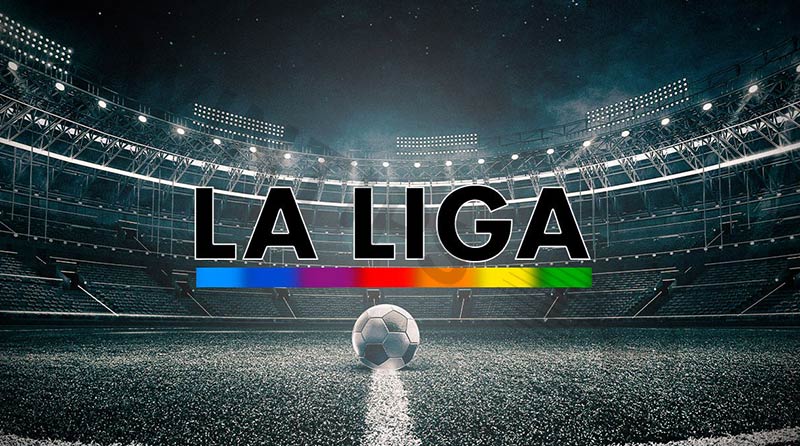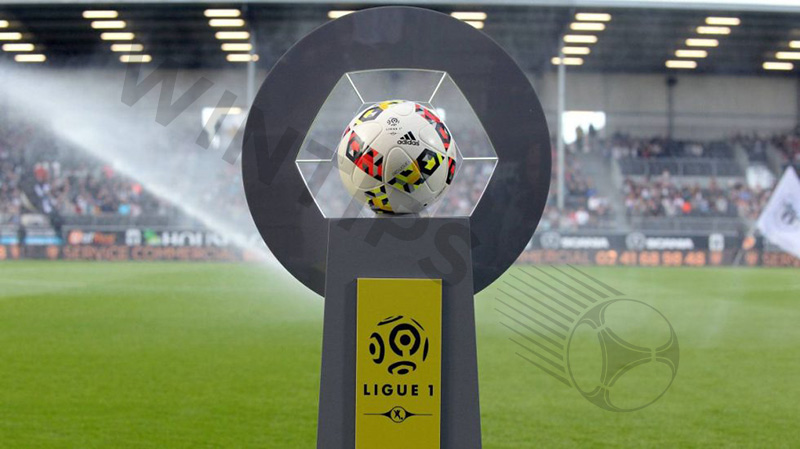Football is not just a sport; it is also a vital aspect of European culture, drawing millions of passionate fans. The top football leagues in Europe – the Premier League, La Liga, Serie A, Bundesliga, and Ligue 1 – each have their own unique style. The Premier League is known for its fast pace and thrilling drama, La Liga stands out for its refined technique, Serie A is marked by strategic play, the Bundesliga is renowned for its vibrant fan culture, and Ligue 1 is increasingly asserting its place on the global football map. Each league offers its own distinct appeal, creating unforgettable experiences for fans. Join Win Betting Tips to discover the special features of these leagues!
Top 5 football leagues in europe
1. Premier League (England)
The Premier League is widely regarded as the most attractive and financially powerful football league in the world. It brings together 20 teams that compete from August to May each year. With its immense international appeal and lucrative television contracts, the Premier League not only leads in audience numbers but also tops the revenue charts, cementing its status as a symbol of modern global football.

The Premier League stands out for its appeal and fierce competition, with unpredictability always present. Many teams compete for the championship, while surprises constantly occur, making each match dramatic and exciting. With a large and diverse international fan base, the league attracts the attention of audiences from all over the world.
The financial strength and competitive environment have helped the league gather many of the world’s top-class talents. In addition, large investments in stadiums, infrastructure, and youth development contribute to maintaining the league’s leading position. Typical clubs such as Manchester United, Liverpool, Chelsea, Manchester City, and Arsenal not only enhance the appeal of the league but also affirm its brand value globally.
2. La Liga (Spain)
La Liga, renowned for its technical and refined style of play, is one of the most exciting leagues in the world. Featuring 20 teams, the season runs from August to May and attracts a large fan base, especially in Spanish-speaking countries. With lucrative television rights contracts, La Liga has not only elevated its top clubs but also cemented its place on the international football map.
La Liga is known for its technical and possession-based style of play, a style adopted by most teams. Teams in this league often focus on ball control, strategic passes, and individual skills. The league has produced some of the most technically skilled players in football history and continues to be a breeding ground for emerging talent. La Liga has a passionate and loyal fan base, with a strong international presence.

La Liga is home to some of the world’s most famous players, including Lionel Messi and Cristiano Ronaldo (formerly of Real Madrid), and also hosts one of the most intense sporting fixtures, El Clásico, between Real Madrid and Barcelona. While there is a financial disparity between the top clubs and the smaller teams, recent reforms have aimed to create fairer competition. Notable clubs in the league include Real Madrid, Barcelona, and Atlético Madrid.
3. Serie A (Italy)
Serie A, one of Europe’s most traditional leagues, is known for its tactical depth and defensive style of play. Featuring 20 teams, Serie A runs from August to May. In recent years, Serie A has enjoyed a resurgence thanks to increased competition and major investments, which have helped elevate the league and attract global attention.
Serie A is known for its tactical and strategic approach to football, where teams prioritize defense and carefully plan their games. This often results in highly competitive and tactical matches. The league also attracts a passionate and knowledgeable fan base, with a rich history of legendary clubs and players who have become an integral part of European football culture.

Serie A is historically known for its strong defensive tactics, called “catenaccio.” However, in recent years, the league has seen a resurgence with a more exciting, attacking style of play and increased competition between the top teams. Clubs such as Juventus, AC Milan, and Inter Milan have not only been successful domestically but have also enjoyed great success in European competitions, contributing to Serie A’s lasting legacy. With a focus on strategy and tactical intelligence, Serie A offers a unique and distinctive football viewing experience.
4. Bundesliga (Germany)
The Bundesliga, featuring 18 teams, runs from August to May. The league is highly regarded for its sustainable business model, which combines commercial success with a commitment to the community, making it one of the most exciting and stable leagues in world football.
The Bundesliga is known for its fast, attacking style of play, with a strong focus on developing young players. The league encourages young talent, giving them playing time and opportunities to develop their skills. German clubs often enjoy strong local support, with the highest average attendance in Europe, creating a lively atmosphere on matchdays.

The Bundesliga is also known for its fan-friendly policies, including affordable ticket prices and safe-standing areas. Bayern Munich dominates the league, but other clubs, such as Borussia Dortmund and RB Leipzig, also play a significant role in the competition. The “50+1” principle ensures that clubs remain member-owned, which helps maintain stability and fan engagement. The focus on youth development has produced several world-class talents who have significantly contributed to both club success and international football.
5. Ligue 1 (France)
Ligue 1, France's top league, has seen its popularity grow in recent years thanks to the presence of many international stars. With 20 teams participating, the season runs from August to May. The presence of players such as Lionel Messi and Neymar has contributed significantly to Ligue 1's reputation, attracting a growing international audience and investors, and affirming its position on the global football stage.
The Bundesliga is known for its fast and attacking style of play, with a particular focus on developing young players. The league encourages young talent, giving them playing time and opportunities to develop their skills. German clubs often receive strong support from local people, with the highest average attendance in Europe, creating a lively atmosphere on every matchday.

The Bundesliga is also known for its fan-friendly policies, including affordable ticket prices and safe-standing areas. Bayern Munich dominates the league, but other clubs such as Borussia Dortmund and RB Leipzig also play important roles in the competition. The “50+1” principle ensures that clubs remain owned by their members, helping to maintain stability and fan engagement. The focus on youth development has produced many world-class talents who have contributed significantly to club success and international football.
Conclusion
In summary, Europe’s top five top football leagues in Europe, La Liga, Serie A, Bundesliga, and Ligue 1—all represent diverse shades of footballing excellence, each with its unique characteristics. From the frenetic pace of the Premier League and the technical sophistication of La Liga, to the tactical depth of Serie A, the passionate fan culture of the Bundesliga, and the increasingly global appeal of Ligue 1, each league has its own irresistible charm. As football continues to evolve, these leagues are not only leading the way but shaping the future of the game, delivering memorable moments for fans around the world.







